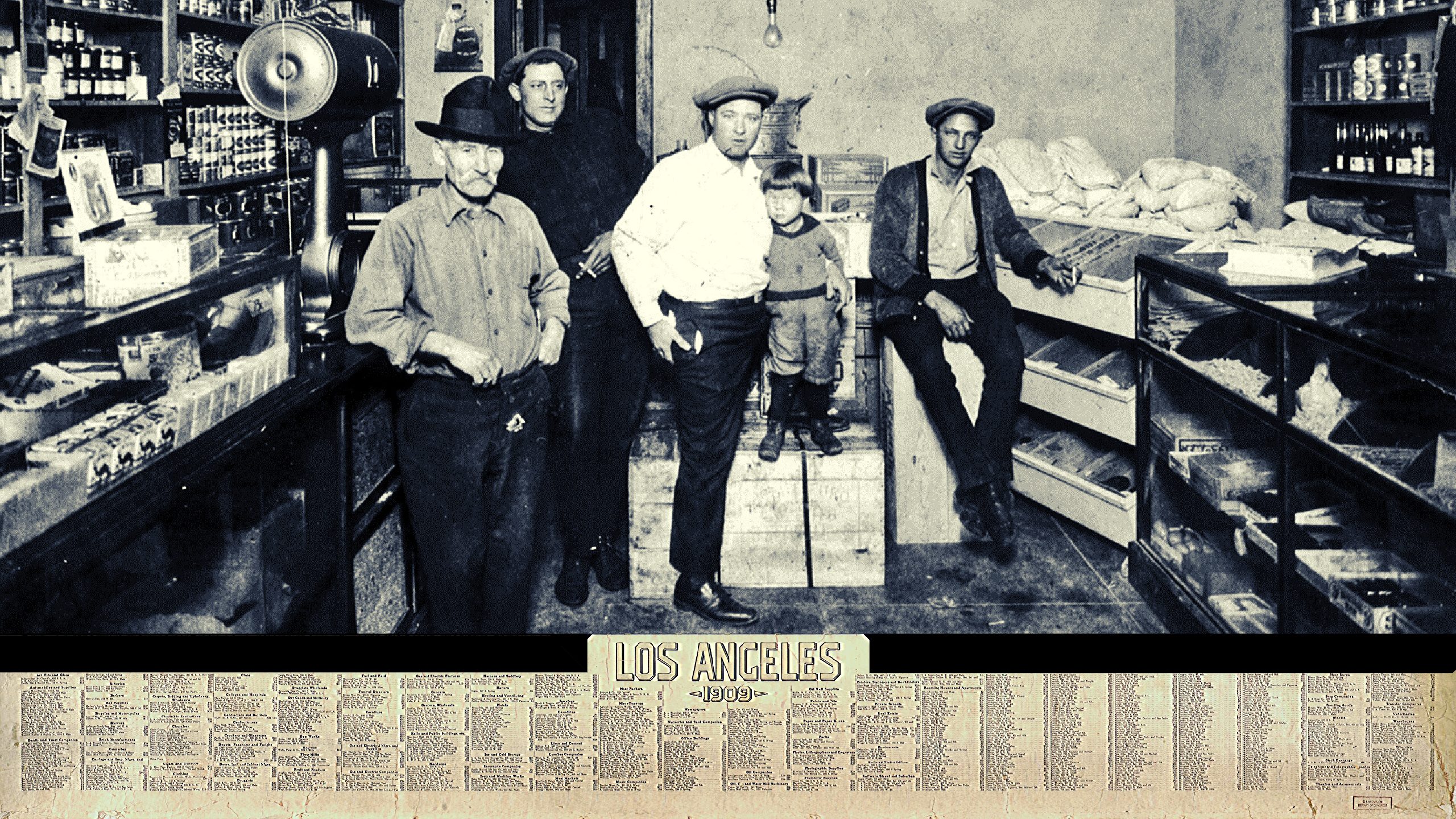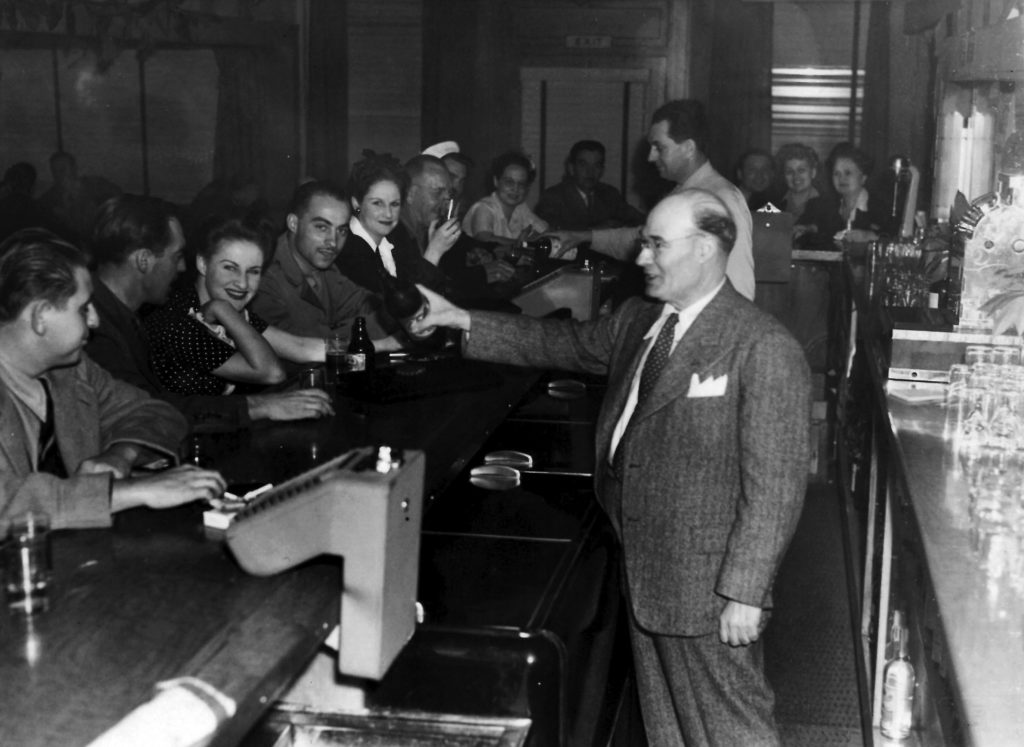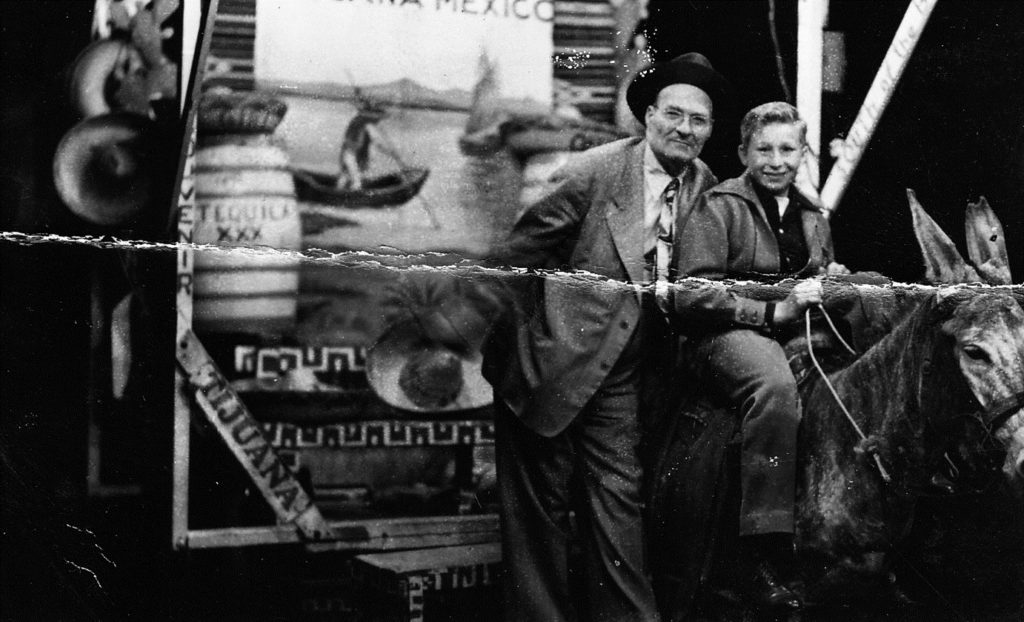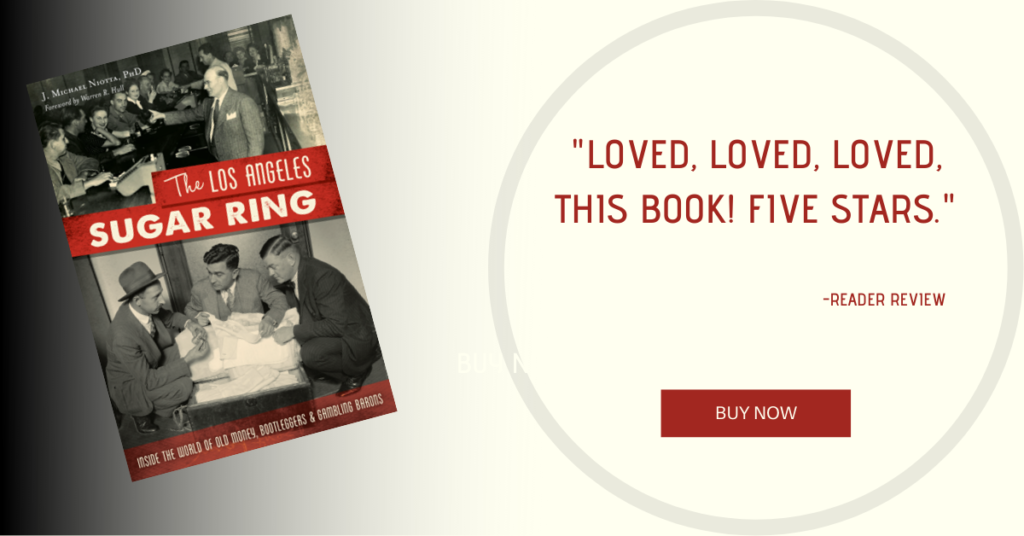
Here on Crime Capsule we’ve looked at bootlegging from a number of angles – from the ingenious stills of North Carolina to the secret speakeasies of Wisconsin. But one subject we haven’t covered is the process of fermentation, and how the very ingredients in that process fostered the growth of organized crime. Well, belly up—because every good business has a supply chain, and that supply chain has a story to tell!
Civilization, they say, began with fermentation. At heart, the process takes just a handful of ingredients—water, yeast, and sugar—that together, cooked and purified, give us different kinds of booze. The first two ingredients aren’t too difficult to source, but for a serious profit-making distillery, the third can be a little trickier.
To feed that yeast, you need hundreds—if not thousands—of pounds of the sweet stuff. But where are you going to get it?

It’s a question that author J. Michael Niotta is uniquely equipped to answer, given that his great-grandfather, Sicilian immigrant “Big George” Niotta, was behind one of the largest illegal sugar wholesaling operations in Los Angeles under Prohibition. Digging deep into sordid family lore, in The Los Angeles Sugar Ring: Inside the World of Old Money, Bootleggers & Gambling Barons, J. Michael tells the story of his shrewd, resourceful nonno, a man who saw a key opportunity during the early years of the Volstead Act and jumped onto it like an olive onto a martini glass.

Before he arrived in California, Big George had spent several years in Louisiana, where he had seen firsthand the process of harvesting sugar cane. Not long after landing in LA, he founded the Italian Wholesale Grocery in Santa Monica, which imported pasta, cheese, and oil from the old country, among other favorites. Wise to the palates of his customers, Big George saw how much money there was to be made even on the outskirts of distilling.
As a wholesaler, he had spent years developing networks to distribute thousands of pounds of sugar around southern California. The logic was simple: sugar keeps the yeast happy, the yeast keeps the stills happy, the stills keep the distillers happy, and the distillers keep their customers happy—who keep everyone happy in turn with the contents of their wallets. When, however, those distillers didn’t feel like paying Big George for his product, all he had to do was cut off their shipments—which then cut off all their profits right at the source.
Read about one of the largest bootlegging stills ever found in California

For over a decade, Big George ran a successful ring, with his delivery trucks serving some of the largest moonshining operations in California. But unfortunately, that same logic worked just as well for federal agents once Prohibition came into effect. Not only did they crack down on the stills and speakeasies, they targeted the suppliers who fed the distillers their raw product. Big George and his business partners quickly became the target of the G-Men (and the T-Men, as US Treasury agents were known), and it wasn’t long before their distribution ring was spotted, tailed, shadowed, and seized. By the early 1930s, Big George was out of the sugar distribution racket altogether, a tale that ends, sadly, with a federal auction on his front lawn
Every end, however, is also a beginning, and it wouldn’t be long before Big George was back up and running with his next enterprises in illegal bookmaking. There’s more to the story—involving the capture of one of California’s largest stills ever found, and the deadly encounters Big George had with the gangsters who crossed him—all told for the first time in Niotta’s book. To the colorful characters of California’s past, and to the resourceful researchers who tell their story, we here at Crime Capsule say—Salute!




